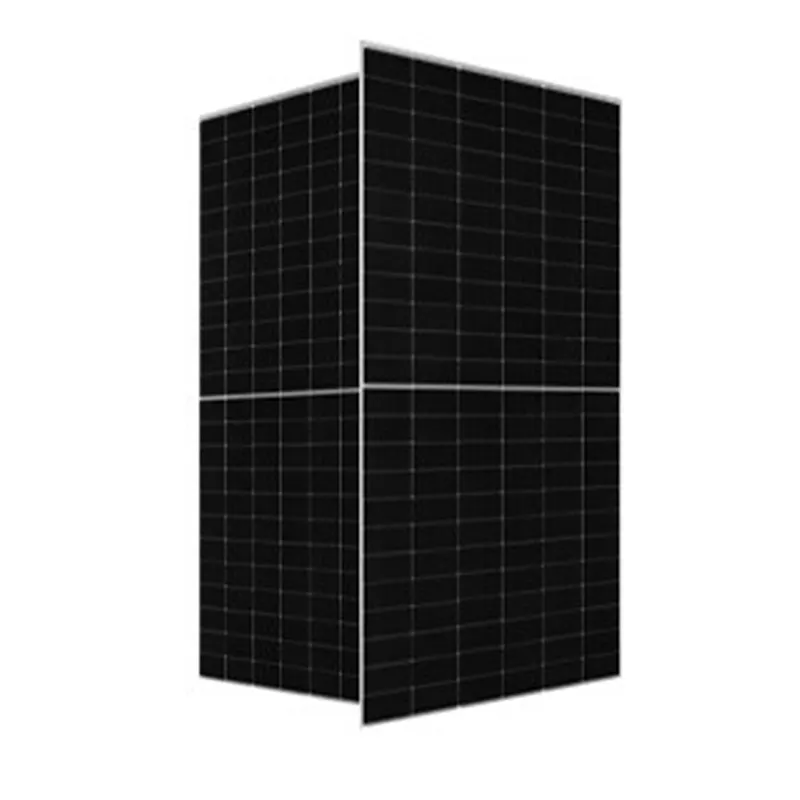on grid solar inverter 3kw
Understanding 3kW On-Grid Solar Inverters
In the world of renewable energy, solar power stands out as one of the most efficient and eco-friendly methods of generating electricity. Central to harnessing this energy are solar inverters, particularly on-grid solar inverters. Among the various options available, the 3kW on-grid solar inverter has gained popularity among homeowners and businesses looking to capitalize on solar energy. This article delves into what on-grid solar inverters are, the functionality of a 3kW inverter, its benefits, considerations, and installation aspects.
What is an On-Grid Solar Inverter?
An on-grid solar inverter is a critical component of a solar power system that converts the direct current (DC) generated by solar panels into alternating current (AC) used by household appliances and the grid. Unlike off-grid systems, which store power in batteries for later use, on-grid systems are connected to the electrical grid. This connection allows for the excess energy generated to be fed back into the grid, often compensating the homeowner through net metering.
The 3kW Capacity Explained
A 3kW solar inverter indicates its maximum output capacity of 3 kilowatts. This means it can efficiently convert enough DC electricity from solar panels—typically ranging from 4 to 10 panels, depending on their wattage—into AC for household use. A 3kW system is generally suitable for small homes, apartments, or businesses with moderate energy consumption.
For perspective, an average household uses about 10-30 kilowatt-hours (kWh) per day. With a 3kW inverter, if optimal conditions are met and it operates for around 5 hours at full capacity per day, it can produce approximately 15 kWh of electricity. This can significantly offset energy bills and lower the carbon footprint of the household.
Benefits of a 3kW On-Grid Solar Inverter
1. Cost-Effectiveness A 3kW inverter generally represents a lower initial investment compared to larger systems. This makes it an attractive option for those new to solar energy.
2. Environmental Impact By harnessing solar energy, homeowners reduce their reliance on fossil fuels, which contributes to a reduction in greenhouse gas emissions.
3. Net Metering With a connection to the grid, any excess electricity produced can be sold back to the utility company, providing potential financial returns on investment.
4. Low Maintenance On-grid systems typically require less maintenance compared to off-grid systems, as there are no batteries to replace or maintain.
5. Simplicity of Installation The installation process for a 3kW on-grid inverter is generally less complex, making it suitable for a range of properties.
Considerations Before Installation
on grid solar inverter 3kw

While the benefits are compelling, there are considerations to keep in mind
- Energy Consumption Needs Analyze your energy consumption. If your usage is significantly high, a 3kW inverter may not suffice, necessitating a larger system.
- House Orientation and Sun Exposure The efficiency of solar panels depends on their orientation. Properties with unobstructed sun exposure will yield better results.
- Local Regulations and Incentives Understanding regional policies regarding solar installations and available incentives can help in planning and budgeting.
- Quality of Components It’s essential to choose a quality inverter, as the technology behind solar inverters can significantly affect performance and lifespan.
Installation Process
Installing a 3kW on-grid solar inverter typically involves several steps
1. Site Assessment A thorough evaluation of the property to assess sun exposure and roof conditions is crucial.
2. System Design A system design that maximizes solar panel efficiency and matches the inverter capacity with the expected energy needs.
3. Permitting Securing the necessary permits before installation, which may vary by municipality.
4. Installation Mounting the solar panels and setting up the inverter, with professional installation recommended.
5. Grid Connection Finalizing the connection to the electrical grid, ensuring compliance with local utility requirements.
Conclusion
The 3kW on-grid solar inverter is an excellent entry point for homeowners and businesses looking to embrace renewable energy. Its capacity to convert solar energy into usable electricity, coupled with the benefits of reduced energy costs and a positive environmental impact, makes it a viable choice in the pursuit of sustainability. By understanding the considerations and installation process, potential users can make informed decisions, paving the way for a greener future.
-
Unlocking Energy Freedom with the Off Grid Solar InverterNewsJun.06,2025
-
Unlock More Solar Power with a High-Efficiency Bifacial Solar PanelNewsJun.06,2025
-
Power Your Future with High-Efficiency Monocrystalline Solar PanelsNewsJun.06,2025
-
Next-Gen Solar Power Starts with Micro Solar InvertersNewsJun.06,2025
-
Harnessing Peak Efficiency with the On Grid Solar InverterNewsJun.06,2025
-
Discover Unmatched Efficiency with the Latest String Solar InverterNewsJun.06,2025







